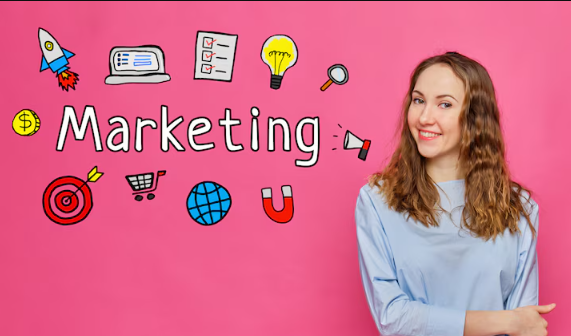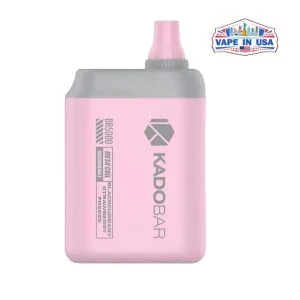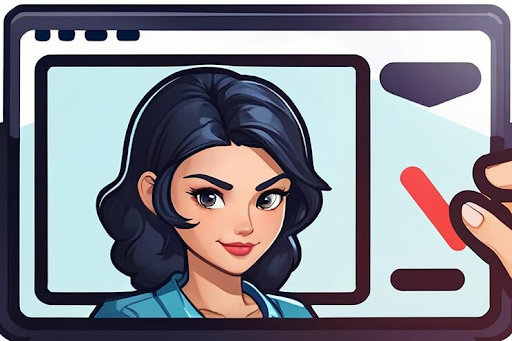In the fast-evolving world of digital marketing, keeping your audience engaged is no easy feat. Every day, your customers are bombarded with emails, social media posts, ads, and notifications. So how do you stand out? The answer may lie in an innovative strategy that taps into basic human psychology: gamification.
If you’ve ever found yourself hooked on a mobile game, earning loyalty points, or racing to complete a challenge online, you’ve experienced the power of gamification. This approach uses game elements in non-game contexts—like marketing campaigns—to encourage participation, boost engagement, and ultimately, drive conversions. When you integrate gamification into your digital strategy, you’re not just selling a product or service—you’re offering an experience.
Welcome to the new frontier in digital campaigns. Here’s how you can Master Digital Marketing through gamification and turn casual visitors into brand loyalists.
What Is Gamification in Digital Marketing?
Gamification involves incorporating elements of game design—such as points, levels, rewards, challenges, and leaderboards—into your digital marketing efforts. It’s about making routine interactions more fun and engaging, which can significantly improve user engagement, motivation, and loyalty.
Instead of passively consuming your content, your audience becomes active participants. Whether it’s spinning a wheel for a discount, competing in a quiz, or unlocking badges, gamification creates a sense of achievement and progress that keeps users coming back.
Why Should You Care About Gamification?
If you’re looking to Master Digital Marketing, gamification should be in your toolkit. Here’s why:
Boosts Engagement
Gamified content demands user interaction. A well-designed game or challenge taps into your audience’s competitive instincts and desire for rewards. This significantly increases the time spent on your platform and keeps them coming back for more.
Encourages Brand Loyalty
When users feel like they’re progressing or earning something through regular interaction, they’re more likely to stay loyal to your brand. Think of Starbucks Rewards or Duolingo’s daily streaks—these gamified systems create habits and emotional investment.
Improves Data Collection
Want to learn more about your customers without boring them with forms? Gamification offers a creative way to collect valuable data. Trivia quizzes, personality tests, and interactive challenges can reveal insights into user preferences and behavior patterns.
Increases Conversions
From spinning wheels offering discounts to referral leaderboards with exclusive perks, gamification can be a direct path to increased conversions. The sense of urgency and excitement nudges users to take action—whether it’s making a purchase, signing up, or sharing your content.
Elements of a Successful Gamified Campaign
To make gamification work, you need more than just points and badges. Here’s how you can design a campaign that resonates with your audience:
Understand Your Audience
Who are they? What motivates them? Younger audiences might prefer competitive leaderboards and social sharing, while professionals may appreciate goal-based achievements. When you know your audience, you can tailor the experience to suit their preferences.
Define Clear Objectives
Are you aiming to boost website traffic, increase social shares, grow your email list, or drive sales? Defining your goals helps you choose the right gamification mechanics to support them.
Offer Meaningful Rewards
Not all rewards have to be monetary. Exclusive content, early access to features, social recognition, and loyalty points can be just as powerful. The key is to make users feel like their participation is valued.
Keep It Simple and Fun
Complex mechanics can turn users away. Design your campaign with a smooth, intuitive experience that delivers quick wins to build momentum. Keep the rules clear and the rewards enticing.
Create a Feedback Loop
Games thrive on feedback. Let users know when they’ve completed a challenge or moved up a level. Use visual cues, sounds, and animations to make every interaction feel rewarding.
Real-World Examples of Gamification in Action
Let’s look at how successful brands have used gamification to create memorable campaigns:
Nike Run Club
Nike turned fitness into a game. Users track their runs, set goals, and earn badges. The sense of competition and progress motivates users to stay active—and stay loyal to Nike.
Duolingo
Language learning becomes addictive with Duolingo’s daily streaks, XP points, and leaderboards. The gamified structure transforms what could be a boring task into a compelling challenge.
McDonald’s Monopoly
A legendary example of gamification, this campaign allowed customers to collect virtual properties for prizes. It drove repeat purchases and generated buzz around the brand every year.
Sephora Beauty Insider
Sephora rewards customers with points, exclusive gifts, and tiered loyalty levels. This structure incentivizes spending and keeps customers coming back to unlock more perks.
How to Integrate Gamification Into Your Digital Campaigns
Ready to incorporate gamification into your marketing strategy? Here are a few practical ideas:
Spin-to-Win Popups
Use a gamified popup where users can spin a wheel to win discounts or free products. It’s a creative way to collect email addresses and convert leads.
Interactive Quizzes
Quizzes are fun, shareable, and effective. Use them to recommend products, gather data, or simply entertain your audience. Think BuzzFeed-style quizzes tailored to your niche.
Loyalty Programs with Levels
Create tiered loyalty systems where customers “level up” based on their activity. Offer different perks at each level to encourage continued engagement.
Referral Challenges
Reward users for referring friends by adding a competitive twist. Show a leaderboard or offer exclusive rewards for top referrers.
Content Unlocks
Let users unlock premium content by completing tasks—watching a video, reading an article, or sharing on social media. This keeps your audience engaged and increases content visibility.
Common Pitfalls to Avoid
While gamification can be powerful, it’s important to approach it strategically. Avoid these common mistakes:
- Overcomplicating the Game: Users should understand how it works within seconds. Too many rules or steps can turn them off.
- Offering Weak Incentives: Make sure the reward justifies the effort. If users feel their time isn’t valued, they won’t participate again.
- Neglecting Mobile Optimization: Most users will interact with your campaign on their phones. Make sure the experience is seamless on all devices.
- Forgetting the Fun Factor: Don’t focus so much on marketing that you forget to make the experience enjoyable. Gamification only works if it’s fun.
The Future of Gamified Marketing
As AI, AR/VR, and immersive tech continue to evolve, gamification is poised to become even more powerful. You might soon run campaigns in virtual spaces, offer dynamic in-game ads, or use AI-driven personalization to adapt game elements in real-time based on user behavior.
To stay ahead, you need to be proactive. Innovate. Experiment. And most importantly, put your audience first.
Final Thoughts
Gamification isn’t just a gimmick—it’s a proven strategy for creating deeper, more meaningful connections with your audience. By integrating game mechanics into your digital campaigns, you can make every interaction with your brand more engaging, rewarding, and memorable.
If you’re ready to take your marketing to the next level, it’s time to Master Digital Marketing through gamification. Whether you’re building a quiz, launching a referral program, or gamifying your loyalty rewards, the key is to make your audience feel like they’re part of something fun and worthwhile.
Need help designing your first gamified campaign or want expert advice on optimizing your digital strategy? Don’t hesitate to Contact Us today. Let’s turn your marketing into a game worth playing.











Leave a Reply